About Luchi
An interesting fact about the origin of Luchi is that it is believed to have reached India with the Portuguese. They brought along the ways to process refined flour (maida) and used it to bake their breads back then. However, unable to do so, Bengalis kneaded doughs of maida, rolled into flatbreads and then fried till they puffed up. Since this special poori is made of maida, it is white in color. Also, another way of saying the name is fulko Luchi, where ‘fulko’ means puffed up. You could even call it Maida Puri. I had been resisting the idea of posting the Luchi Recipe, for obvious reasons, since a long time. However, given its popularity and importance, especially during the festival of Durga Puja, I had to let go of my resistance and share it here. I’m glad I did it! As I mentioned above, traditionally, Luchi is deep fried in ghee. I also know that in some parts of Northern India, even pooris are deep fried in ghee. But a major difference is that they are made of whole wheat flour (atta) and not maida. This ghee goes into the Luchi Recipe while you knead the dough as well. A general way to refer to this addition is ‘moyen,’ as we call it in Punjabi. You can use oil instead of ghee for this as well as for frying the breads too. Basically, the purpose of the ‘moyen’ is to give the Luchi a soft texture once it is fried. So, if you want that result, be a little liberal with ghee or oil while kneading the dough. In this recipe of mine, I have added 2 tablespoons ghee. The dough also has to be kneaded really well and allowed to rest for some time before making this Bengali fried bread. While making Luchi Recipe, the breads are not browned and are creamish white in color. This is unlike regular wheat flour pooris which turn a beautiful golden once fried. You might find it a little tough to puff the Luchi, but it still will be soft and yummy. This also makes then distinct than their counterpart, as wheat pooris become crisp and dense, when not puffed up properly. The best part about this Luchi Recipe is that you might feel like having more and more, since these are smaller in size than the wheat pooris. That idea of just one more Luchi, is always tempting! So, don’t think twice and make it for your family and friends. Have it for breakie, lunch or dinner. But do remember to run the extra mile after eating this sinfully decadent creation!
How to make Luchi
Make Dough
- In a mixing bowl, add 2 cups all-purpose flour, salt as required, 2 tablespoons ghee and a few tablespoons water.
- First, mix everything with your hands so that the ghee or moyen incorporates very well in the mixture. Then, knead the dough adding water as required, till it is smooth, supple and soft. The kneading has to be done really well. Cover with a moist cloth and keep for a minimum of 30 minutes to maximum 1 hour.
Roll and Fry Luchi
- Make lemon-sized balls from the dough and keep them covered with the moist cloth.
- Apply some oil on the ball before rolling. If you use flour for rolling, it gets browned in hot oil while frying and gets stuck to the fried breads. Now, roll into a disc of 3 to 4 inches diameter. It is difficult to roll a maida poori, when oil is applied. So, keep on rotating the chakla or the rolling board. Evenly apply pressure to the rolling pin (belan) when rolling the Luchi.
- Gently drop the Luchi in medium hot oil. When it begins to puff up, gently nudge and apply pressure with a slotted spoon, so that it puffs completely. When the oil stops sizzling, it means one side is cooked. Turn over and fry the other side. These maida pooris won’t become golden like the regular whole wheat pooris. Remove and drain Luchi on kitchen towels to remove excess oil.
- Serve Luchi hot with Bengali Aloor Dom or any vegetable or lentil curry of your choice.
The Bengali Luchi Mania
Ask a Bengali about their favorite breakfast pairings; more than half of them will say Luchi-Aloor Dom. As, this pairing is not just food, but a complete emotion and nostalgia too, for many. It is one of the must-have combos during Durga Puja festivities too. Aloor Dom is a subtly spiced and sweet potato curry. The Bengali relative of the dum aloo. When I made this poori first time at home, I also served it with aloor dom. My family enjoyed this combination to bits. It was just awesome. For a change you can even try having it with Suji Ka Halwa, Aamras or Punjabi Chole. You can actually relish hot Luchis with any of the Indian curries or a few sweets. In addition to these, there are many other ways a typical Bengali household will love their Luchi Recipe with. For instance, some of the traditional ways to serve this fried, puffed bread is with Cholar Dal, Begun Bhaja, a simple shada aloor torkari (potato sabzi with Bengali spices), aloo tamatar jhol (potato and tomato curry) and a few other dishes. Bengalis even relish it with the evening cha (tea). Yes, their idea of ‘cha and adda (informal, friendly chat sessions)’ is incomplete without a mouth-watering snack, where the Luchi serves the purpose, many a times.
Expert Tips
Please be sure to rate the recipe in the recipe card or leave a comment below if you have made it. For more vegetarian inspirations, Sign Up for my emails or follow me on Instagram, Youtube, Facebook, Pinterest or Twitter. Bhatura Recipe | Naturally Fermented & Instant Bhature Kulcha Recipe | Kulcha Bread Naan Recipe | Easy No Yeast Soft Naan Bread Thepla | Gujarati Methi Thepla Recipe This Luchi recipe from the archives first published in October 2013 has been updated and republished on December 2022.
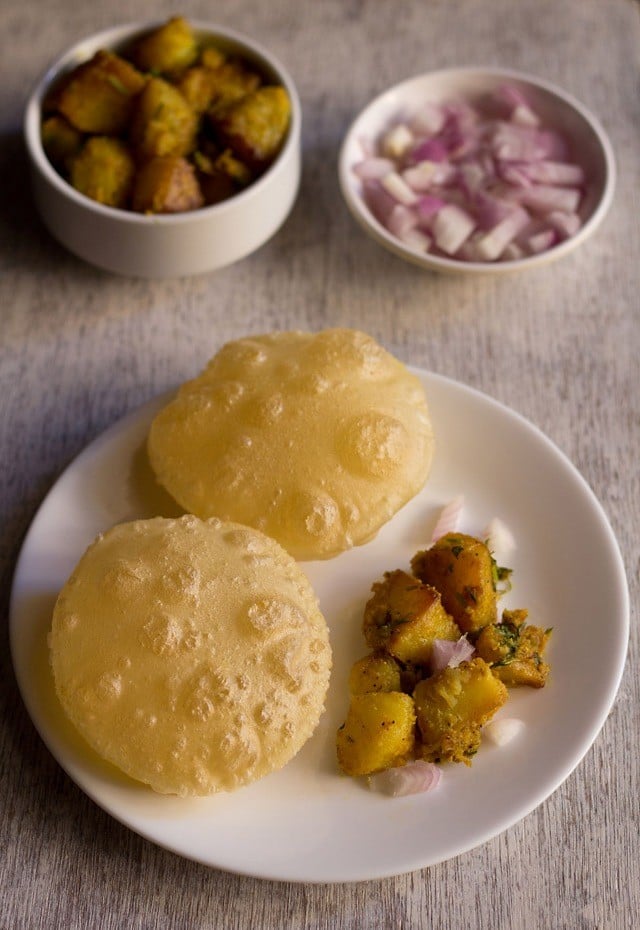
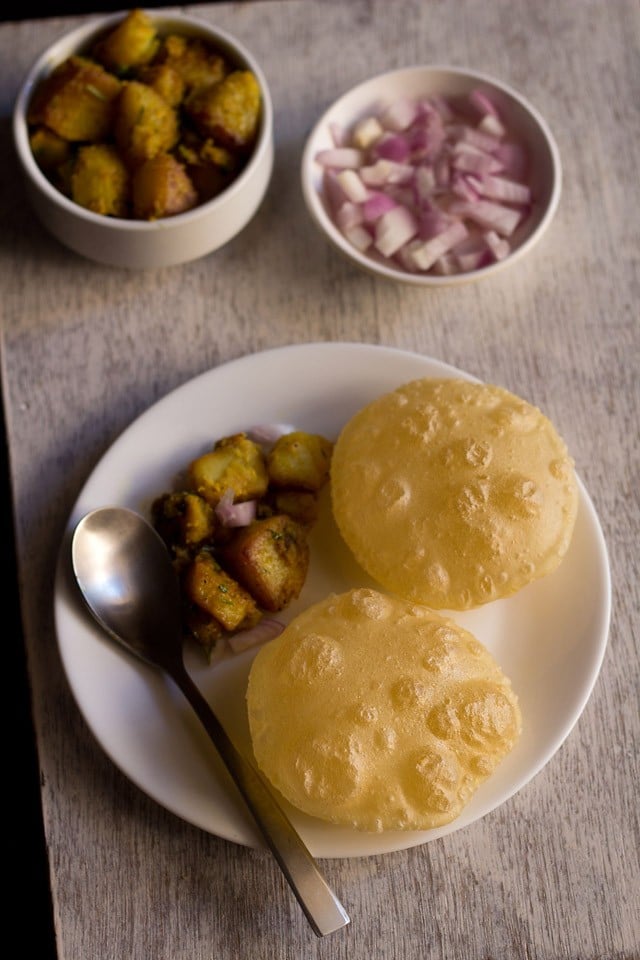
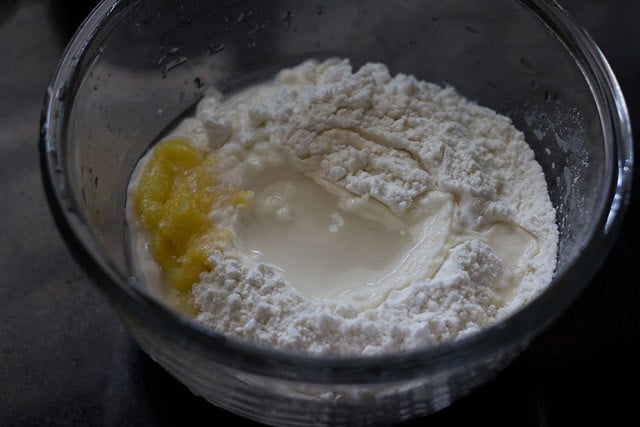
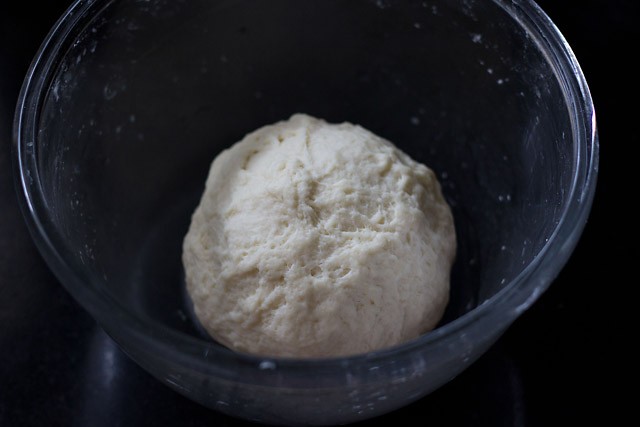
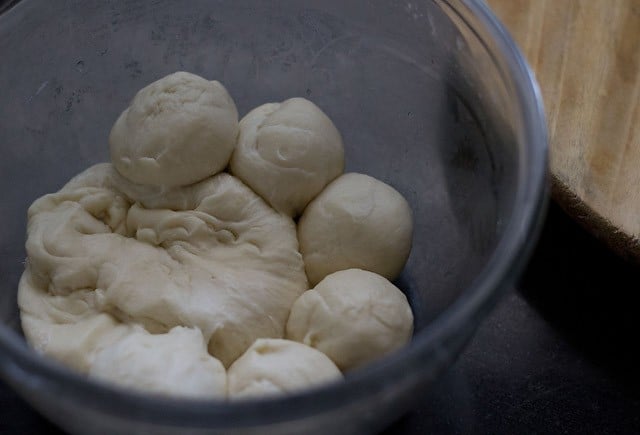
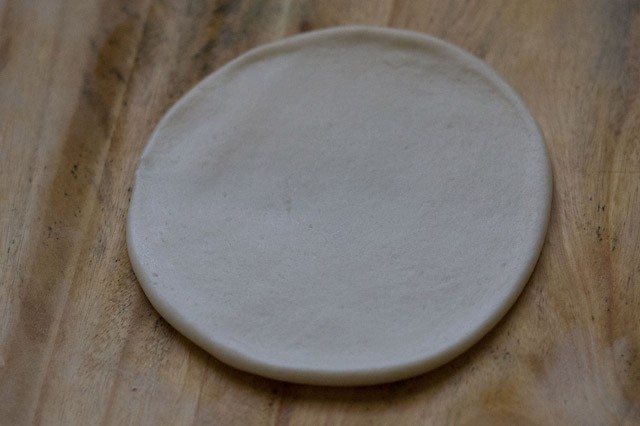
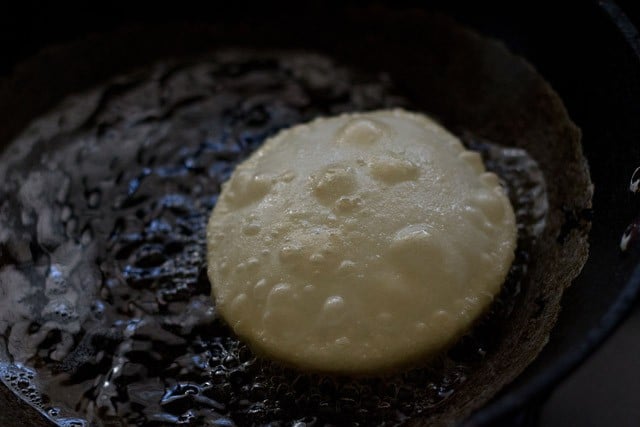
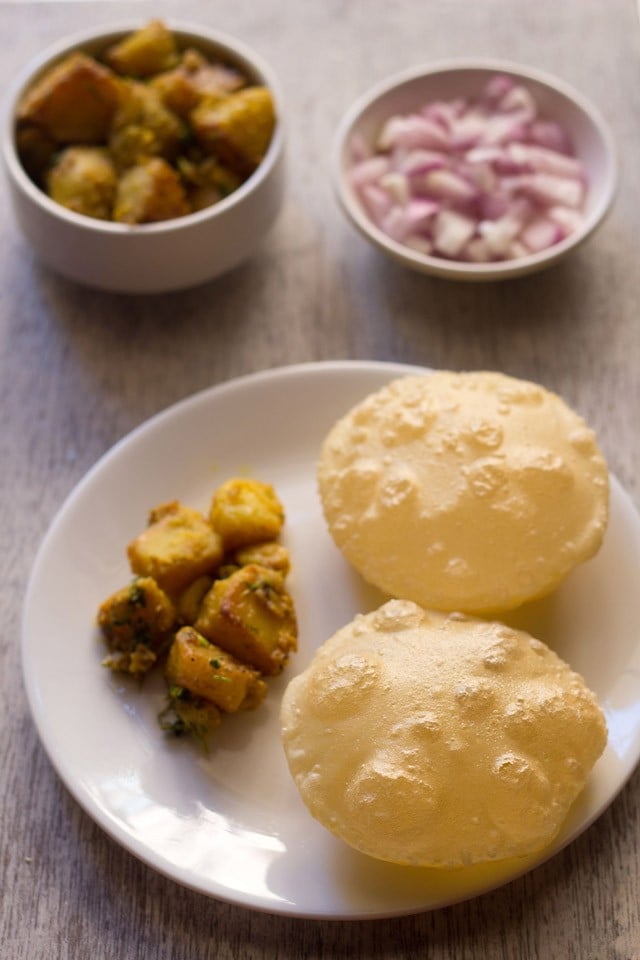
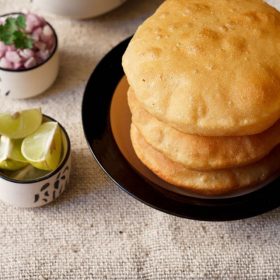
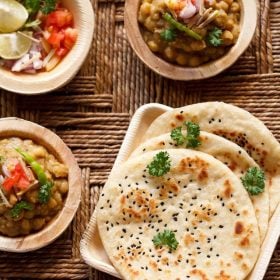
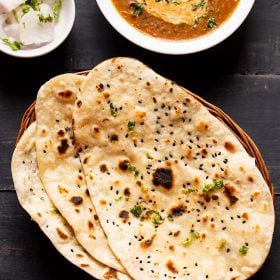

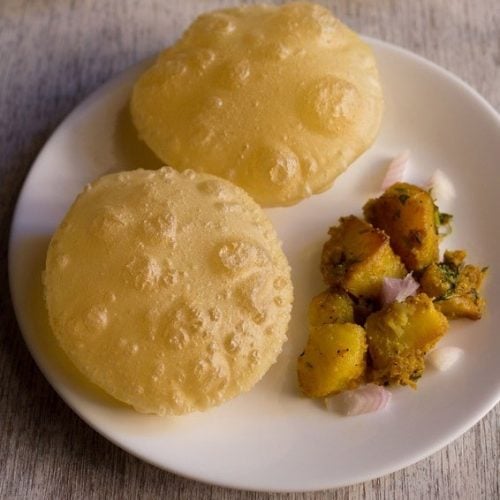
title: “Luchi Recipe Bengali Luchi " ShowToc: true date: “2024-09-24” author: “Maria Phillips”
About Luchi
An interesting fact about the origin of Luchi is that it is believed to have reached India with the Portuguese. They brought along the ways to process refined flour (maida) and used it to bake their breads back then. However, unable to do so, Bengalis kneaded doughs of maida, rolled into flatbreads and then fried till they puffed up. Since this special poori is made of maida, it is white in color. Also, another way of saying the name is fulko Luchi, where ‘fulko’ means puffed up. You could even call it Maida Puri. I had been resisting the idea of posting the Luchi Recipe, for obvious reasons, since a long time. However, given its popularity and importance, especially during the festival of Durga Puja, I had to let go of my resistance and share it here. I’m glad I did it! As I mentioned above, traditionally, Luchi is deep fried in ghee. I also know that in some parts of Northern India, even pooris are deep fried in ghee. But a major difference is that they are made of whole wheat flour (atta) and not maida. This ghee goes into the Luchi Recipe while you knead the dough as well. A general way to refer to this addition is ‘moyen,’ as we call it in Punjabi. You can use oil instead of ghee for this as well as for frying the breads too. Basically, the purpose of the ‘moyen’ is to give the Luchi a soft texture once it is fried. So, if you want that result, be a little liberal with ghee or oil while kneading the dough. In this recipe of mine, I have added 2 tablespoons ghee. The dough also has to be kneaded really well and allowed to rest for some time before making this Bengali fried bread. While making Luchi Recipe, the breads are not browned and are creamish white in color. This is unlike regular wheat flour pooris which turn a beautiful golden once fried. You might find it a little tough to puff the Luchi, but it still will be soft and yummy. This also makes then distinct than their counterpart, as wheat pooris become crisp and dense, when not puffed up properly. The best part about this Luchi Recipe is that you might feel like having more and more, since these are smaller in size than the wheat pooris. That idea of just one more Luchi, is always tempting! So, don’t think twice and make it for your family and friends. Have it for breakie, lunch or dinner. But do remember to run the extra mile after eating this sinfully decadent creation!
How to make Luchi
Make Dough
- In a mixing bowl, add 2 cups all-purpose flour, salt as required, 2 tablespoons ghee and a few tablespoons water.
- First, mix everything with your hands so that the ghee or moyen incorporates very well in the mixture. Then, knead the dough adding water as required, till it is smooth, supple and soft. The kneading has to be done really well. Cover with a moist cloth and keep for a minimum of 30 minutes to maximum 1 hour.
Roll and Fry Luchi
- Make lemon-sized balls from the dough and keep them covered with the moist cloth.
- Apply some oil on the ball before rolling. If you use flour for rolling, it gets browned in hot oil while frying and gets stuck to the fried breads. Now, roll into a disc of 3 to 4 inches diameter. It is difficult to roll a maida poori, when oil is applied. So, keep on rotating the chakla or the rolling board. Evenly apply pressure to the rolling pin (belan) when rolling the Luchi.
- Gently drop the Luchi in medium hot oil. When it begins to puff up, gently nudge and apply pressure with a slotted spoon, so that it puffs completely. When the oil stops sizzling, it means one side is cooked. Turn over and fry the other side. These maida pooris won’t become golden like the regular whole wheat pooris. Remove and drain Luchi on kitchen towels to remove excess oil.
- Serve Luchi hot with Bengali Aloor Dom or any vegetable or lentil curry of your choice.
The Bengali Luchi Mania
Ask a Bengali about their favorite breakfast pairings; more than half of them will say Luchi-Aloor Dom. As, this pairing is not just food, but a complete emotion and nostalgia too, for many. It is one of the must-have combos during Durga Puja festivities too. Aloor Dom is a subtly spiced and sweet potato curry. The Bengali relative of the dum aloo. When I made this poori first time at home, I also served it with aloor dom. My family enjoyed this combination to bits. It was just awesome. For a change you can even try having it with Suji Ka Halwa, Aamras or Punjabi Chole. You can actually relish hot Luchis with any of the Indian curries or a few sweets. In addition to these, there are many other ways a typical Bengali household will love their Luchi Recipe with. For instance, some of the traditional ways to serve this fried, puffed bread is with Cholar Dal, Begun Bhaja, a simple shada aloor torkari (potato sabzi with Bengali spices), aloo tamatar jhol (potato and tomato curry) and a few other dishes. Bengalis even relish it with the evening cha (tea). Yes, their idea of ‘cha and adda (informal, friendly chat sessions)’ is incomplete without a mouth-watering snack, where the Luchi serves the purpose, many a times.
Expert Tips
Please be sure to rate the recipe in the recipe card or leave a comment below if you have made it. For more vegetarian inspirations, Sign Up for my emails or follow me on Instagram, Youtube, Facebook, Pinterest or Twitter. Bhatura Recipe | Naturally Fermented & Instant Bhature Kulcha Recipe | Kulcha Bread Naan Recipe | Easy No Yeast Soft Naan Bread Thepla | Gujarati Methi Thepla Recipe This Luchi recipe from the archives first published in October 2013 has been updated and republished on December 2022.












